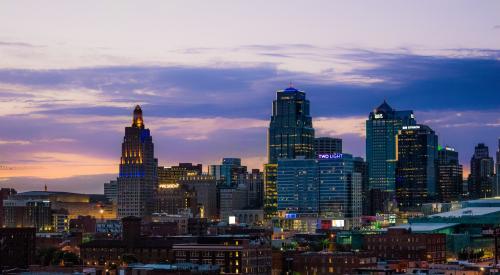A new ranking of 22 metropolitan areas measures where families are able to save the most after taxes and other expenditures. By region, the South and West came out on top.
San Francisco was the top city in the ranking by SmartAsset, as residents have an estimated savings rate of 14.5 percent, above the national average by nearly four percent. The after-tax income for San Franciscans is $88,199, and the average household had roughly $12,800 left over after other expenses. Boston was at the bottom of the top 10 with a savings rate of 3.8 percent, and average disposable income of less than $2,700. The Twin Cities of Minneapolis and St. Paul, Minne. came in last with a negative savings rate of 9.7 percent.
According to the latest Bureau of Labor Statistics Consumer Expenditure Survey, the average American household has an after-tax income of $64,175 and spends $57,311 per year. That leaves the average American household with a savings rate around 10.7 percent. But across the country, there are large disparities in savings rates. Some metro areas combine high-paying jobs with affordable housing, allowing households to fill their savings accounts. Other metro areas suffer from stagnant wage growth and bloated housing costs that hamper local residents’ ability to save.












